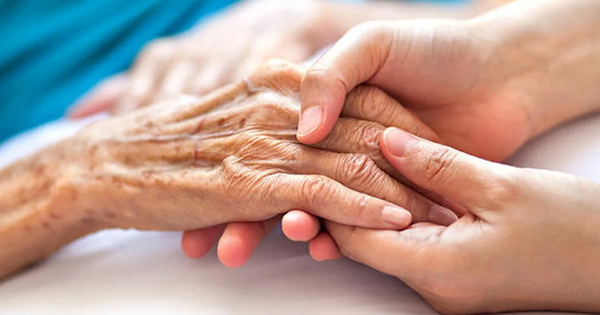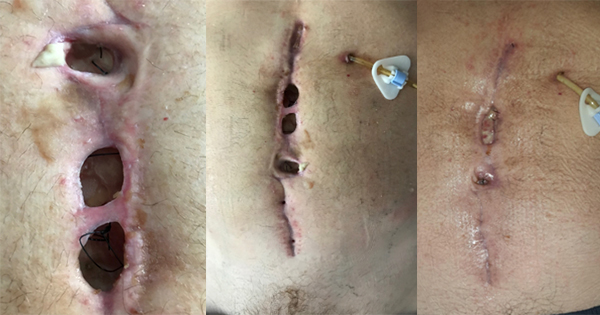Managing wound infection is costly for the patient and to the health economy, and a structured approach to assessment and management of the patient as well as correct use of antimicrobials is essential to ensure safe, effective and person-centred care. In recent years, a wide range of wound dressings that contain silver have become available for use in managing wound infection and silver dressing spend has become an area of concern for many organisations who are seeking to reduce costs and control healthcare budgets. Best practice recommendations for the appropriate use of silver dressings suggest a Two-week challenge where the efficacy of silver dressings can be assessed (International Consensus, 2013). The aim of this publication is to demonstrate that a service wide approach and action plan to ensure appropriate use of antimicrobials will lead to a reduction in silver spend, improvement in patient outcomes and implementation of best practice recommendations in a community tissue viability service.






